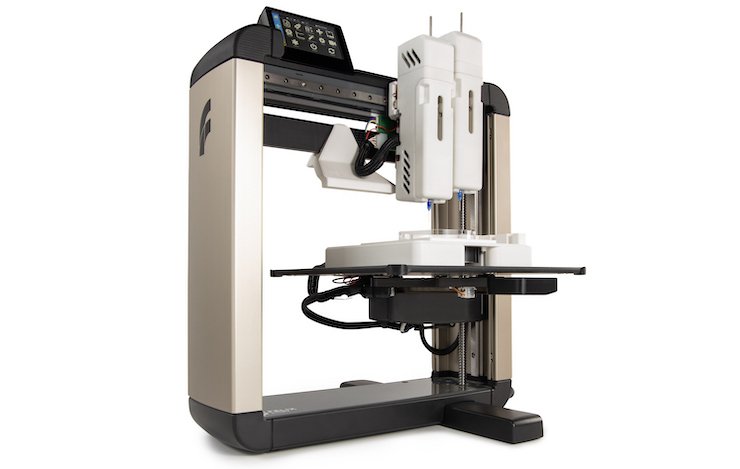“Simple” probably isn’t the first adjective that comes to mind when thinking about 3D bioprinting. Complex, hi-tech, futuristic maybe, but in a recent conversation with 3D printing company FELIXprinters and Technical University of Denmark (DTU) about a new device that’s being hailed as the “ultimate bio research instrument in a cost-effective package,” you’d think it was a piece of cake.
.
“I try to keep it simple,” says Hakan Gürbüz, an Industrial PhD researcher at DTU, during a recent Skype call where he likened the materials used in the 3D bioprinting process to those you might readily find in your baking cupboard. The technology, packaged inside FELIXprinters new BIOprinter, uses gelatine as a material for cell spreading whereby special bioinks are deposited to create tissue-like scaffolds, in a similar way to conventional layer-by-layer printing. It sounds straightforward enough – in bioprinting terms at least – but making that process easy […]
Case Study: How PepsiCo achieved 96% cost savings on tooling with 3D Printing Technology
Above: PepsiCo food, snack, and beverage product line-up/Source: PepsiCo PepsiCo turned to tooling with 3D printing...






























0 Comments